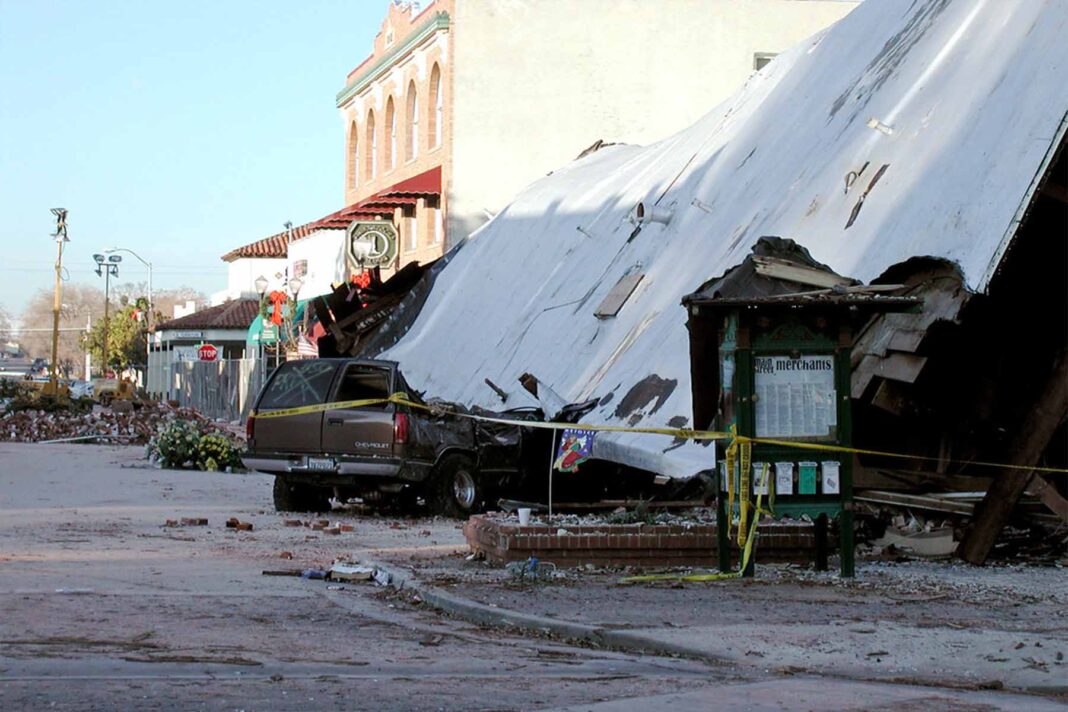California Earthquake Overview
In 2003, California experienced a significant earthquake that rattled residents and caused damage across the region. This seismic event, known as the San Simeon earthquake, struck on December 22, near the town of Parkfield in San Luis Obispo County. The earthquake’s magnitude, damage, and aftershocks had a notable impact on communities in the area and raised awareness about seismic hazards in California.
San Simeon Earthquake Details
The San Simeon earthquake had a magnitude of 6.5, making it a moderate to strong earthquake on the Richter scale. The quake occurred along the San Andreas Fault, a major tectonic boundary in California known for its seismic activity. The epicenter was located near the town of Parkfield, approximately 7 miles northeast of San Simeon, hence the name “San Simeon earthquake.”
Impact and Damage
The San Simeon earthquake caused significant damage to infrastructure, buildings, and roads in the affected area. The quake’s intensity was felt across a wide swath of Central California, including communities such as Paso Robles, Atascadero, and Cambria. Buildings sustained structural damage, with reports of collapsed walls, shattered windows, and toppled chimneys. Historic landmarks and structures in downtown Paso Robles were particularly hard-hit, further highlighting the vulnerability of older buildings to seismic activity.
Casualties and Injuries
Tragically, the San Simeon earthquake resulted in loss of life and injuries. The earthquake claimed the lives of two individuals and injured dozens more, many of whom were trapped beneath debris or struck by falling objects. Emergency responders, including firefighters, paramedics, and law enforcement personnel, worked tirelessly to rescue survivors, treat the injured, and assess the extent of the damage in affected communities.
Response and Recovery Efforts
In the aftermath of the San Simeon earthquake, local, state, and federal agencies mobilized to coordinate response and recovery efforts. Emergency shelters were established to provide temporary housing for displaced residents, while search and rescue teams combed through debris to locate survivors and assess structural integrity. The Federal Emergency Management Agency (FEMA) provided financial assistance and resources to support recovery efforts and help affected communities rebuild and recover from the earthquake’s impact.
Conclusion
The San Simeon earthquake of 2003 served as a stark reminder of California’s vulnerability to seismic activity and the importance of preparedness, mitigation, and response efforts. While the quake caused significant damage and loss of life, it also highlighted the resilience and solidarity of communities in the face of adversity. As California continues to grapple with seismic hazards, efforts to strengthen building codes, improve infrastructure, and enhance public awareness remain critical to mitigating the impact of future earthquakes and ensuring the safety and well-being of residents.











